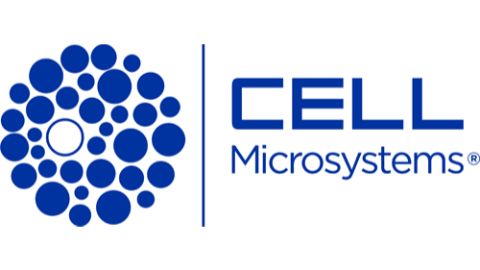Contrasting Patterns of Neutral and Adaptive Genetic Variation of Chilean Blue Mussel (Mytilus chilensis) Due to Local Adaptation and Aquaculture

Like many marine invertebrates, Chilean blue mussel populations have been thought to be panmictic with limited genetic structure due to pelagic larvae. Advances in genotyping-by-sequencing have enabled investigation of adaptive genetic variation that may identify outlier loci that better distinguish populations that have evolved in different environments. We studied 190 mussels sampled in 6 locations from southern Chile (4 from Reloncaví Gulf, one from Chiloe Island and one from Patagonia) with 2,165 SNP loci obtained with RAD-seq. Differentiation among collections with 891 neutral loci was very low (FST = 0.0051). Differentiation among all six collections was much higher with putative outlier loci 58 (FST = 0.1139) and indicated potential for local adaptation. DAPC results with these 58 outlier loci demonstrated that much of the differentiation could be attributed to the three major regions and environments: extreme conditions in Patagonia, inner bay collections influenced by freshwater (Reloncaví area), and outer bay saltwater collection (Chiloe Island). The southern Patagonia collection was most distinct, but additional outlier tests with this collection excluded revealed that adaptive divergence remained between inner and outer bay collections (34 candidate loci, FST= 0.0886). The four locations from the inner bay area of Reloncaví were largely panmictic with all panels of markers, likely due to similar environments and high gene flow from aquaculture activities and low geographic distance. However, our results show that it is possible to separate inner and outer bay populations in the culture area, with individual assignment of 51% to these areas providing the opportunity for traceability of aquaculture production. This study demonstrates how adaptive genetic variation can be utilized for applications related to human propagation and distribution of species with high gene flow.





